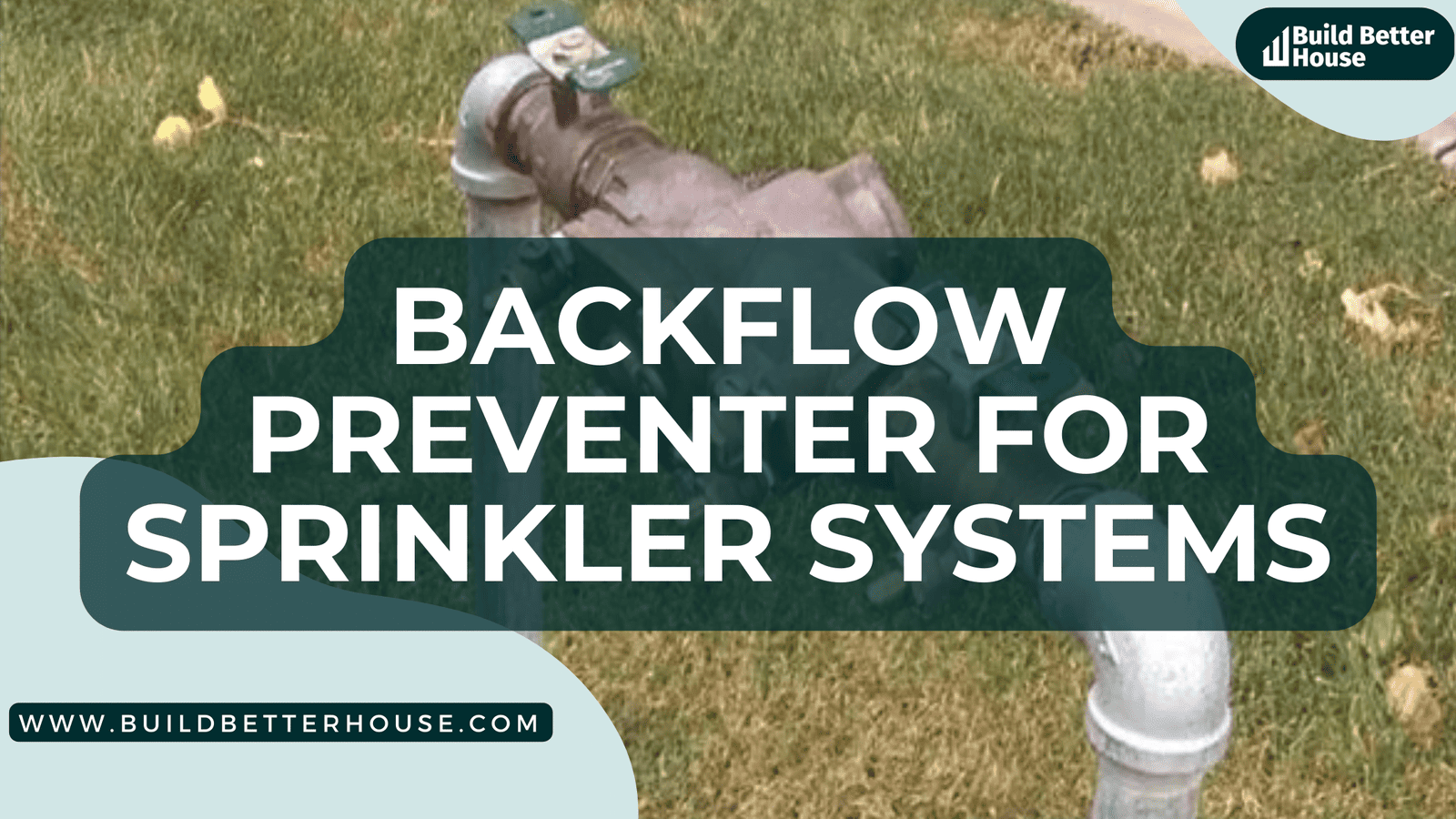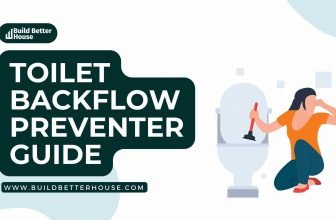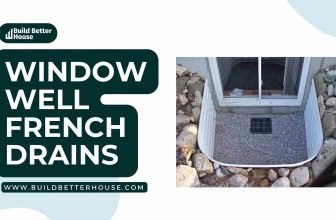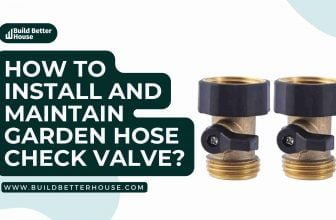Backflow Preventer For Sprinkler Systems: What You Must Know 2023

Do you have a sprinkler system that you use to water your lawn? If this is the case, consider installing a backflow preventer for sprinkler systems to protect your water supply.
This article will discuss some critical aspects of installing a backflow preventer for sprinkler systems.
FAQs
1. Why do lawn sprinkler systems need a backflow preventer?
Lawn sprinkler systems need a backflow preventer to stop contaminated water from flowing into the main water supply. This ensures that only clean water is used in your lawn irrigation system and avoids the contamination of drinking water.
2. Does the backflow preventer affect water pressure?
Yes, a backflow preventer can affect the water pressure in a plumbing system by reducing the maximum potential pressure.
3. What if the backflow preventer for sprinkler systems is missing?
If a sprinkler system does not have a backflow preventer, you could be at risk of contamination. Therefore, it is important to install backflow prevention in your sprinkler system to protect against water or other contaminants entering the potable water supply.
What is a backflow preventer?
A backflow preventer is a device that keeps water in pipes, hoses, and other components within a sprinkler system from flowing backward due to pressure reversals. They come in various sizes and styles, depending on the plumbing system they are installed in.
The most common type is an atmospheric vacuum breaker (AVB), which stops water from entering the pipe when there is too little pressure.
How does a backflow preventer for sprinkler systems work?
A Backflow preventer for sprinkler systems contains a series of valves that open and close depending on pressure reversals within a pipe or hose; when positive pressure pushes water toward the exit point, these valves close.
When negative pressure reaches a certain level, the valves open up and allow only clean water to pass through, blocking any contaminated sources from re-entering the piping system. This helps keep your sprinkler operating optimally while keeping harmful contaminants out of your plumbing.
What are the benefits of a backflow preventer for sprinkler systems?
A backflow preventer for sprinkler systems is a specialized valve designed to protect drinking water from pollution caused by backflow or reverse flow. Let’s check a few of their benefits:
- It’s essential to install a backflow preventer for sprinkler systems that connects to public drinking water supplies, regardless of whether it uses hydraulic pressure or pumps. A backflow preventer for sprinkler systems prevents dangerous pollutants and contaminants from entering the public (or private) drinking water supply and contaminating it with pesticides and fertilizers used on surrounding lawns/gardens.
- A backflow preventer for sprinkler systems helps ensure that unwanted materials don’t enter the piping system that could cause damage over time if not caught early enough.
- A backflow preventer for sprinkler systems also ensures that no hazardous chemicals or pollutants can enter your lawn’s water supply–keeping your plants safe and healthy while saving money on unnecessary costs associated with prevention repair down the line!
Aside from its many advantages, installing one guarantee that you abide by local backflow protection rules. Since we’ve already covered the benefits section, we’ll now discuss installation considerations and procedures.
Backflow preventer for sprinkler systems: Maintenance Tips
Inspecting and maintaining your backflow preventer is critical to verify that it is working correctly. Let’s look at some maintenance advice for backflow preventer for sprinkler systems:
- Check for signs of corrosion and signs of water leakage around the device.
- Ensure the backflow device is installed correctly.
- Test the backflow preventer for proper operation on an annual basis.
- Replace old, worn parts as necessary to ensure proper operation.
- Check the seals and gaskets regularly.
- Keep the system clean of dirt, leaves, and other debris.
- Test the system every few months by operating a few sprinkler heads.
- Additionally, it’s essential to winterize your backflow preventer in places where freezing temperatures can occur to avoid damage caused by frozen pipes.
By implementing the above maintenance tips, you can avoid problems and keep the backflow preventer for sprinkler systems running efficiently.
Backflow preventer for sprinkler system: Installation considerations
A backflow preventer for a sprinkler system is a device that prevents water from flowing backward in the system. It is essential to take proper consideration and installation into account when selecting and installing an appropriate device.
Generally, these devices are either swing-check or double-check valves designed to keep water from flowing in the wrong direction. They consist of interconnected hoses and pipes with a gravity-fed valve that allows water to flow only one way, blocking any potential contaminants or pollutants from mixing with freshwater supply lines.
Backflow preventer for sprinkler system: Installation procedure
A backflow preventer for sprinkler systems, also known as an RPZ device, is a safety feature that keeps your sprinkler system from contaminating your public water supply. The device is installed at the connection point between your water source and sprinkler to block contaminants from entering the main water line.
A backflow preventer for sprinkler systems installation typically involves a check valve and an air gap or vacuum breaker. The installation procedure for a backflow preventer includes the following steps:
Step 1. Shut off the main water supply and open any outdoor taps near the backflow preventer, allowing all the water in the system to drain.
Step 2. Disconnect any pipes connected to the existing sprinkler system.
Step 3. Install the new backflow preventer for sprinkler systems and reconnect it to your existing irrigation pipes according to the manufacturer’s instructions.
Step 4. Test for leaks by slowly turning on your main water supply and ensuring no leaks around the backflow preventer’s connections or length.
Step 5. Check for proper water flow around shutoff valve connections and full pressure in each outlet nozzle or sprinkler head connected to your sprinkler system’s plumbing lines. Turn on any outdoor taps near the backflow preventer once all tests have been completed successfully.
Ensure all connections are tightened correctly before closing and shutting off valves. Following these easy steps, you can properly install a backflow preventer for a sprinkler system.
Similar tutorial
Are you unsure about the types of backflow preventers required? In this piece, we’ll go through the four most prevalent types of backflow preventers and when each is suitable.
Do you need to choose between – backflow preventer vs check valve for your project? This simple tutorial will help you decide between a backflow preventer vs check valve.
Is it necessary to set up a toilet backflow preventer in your home? This post covers from toilet backflow preventer prevention devices to maintenance; learn everything here!
Summing up
A backflow preventer for sprinkler systems is a device that helps protect your home from contaminated water from entering through the sprinkler system. It works by blocking water flow in the reverse direction and can supply treated water to your home through the sprinkler system.
The backflow preventer for sprinkler systems should also be inspected and tested regularly to ensure it functions correctly.
If you found this helpful post, please comment and let us know what you think, and please share it with others.
Read more:
6 Best Aquarium Sump Pumps: Which One Is Best For You?
3 Best Crawl Space Sump Pumps: Which One Is Best For You?
Complete Zoeller M267 Review: Is It Worth the Investment?
5 Best Home Improvement Stores Near You In 2023
How To Fix Clogged Shower Drain? Complete Guide
Best Sump Pump For A Pond: How To Install + Benefits






